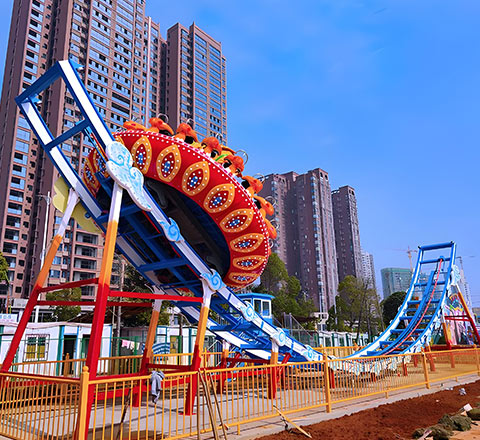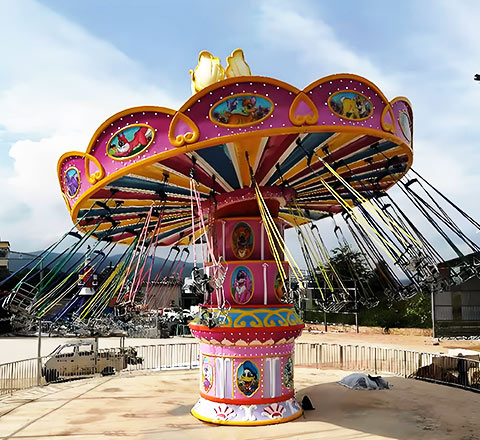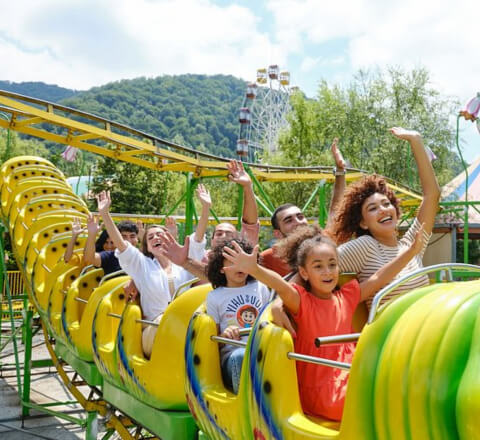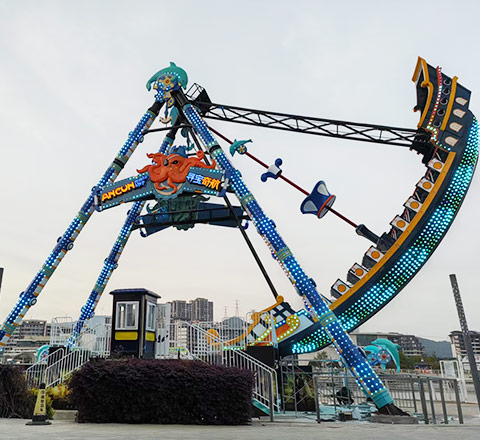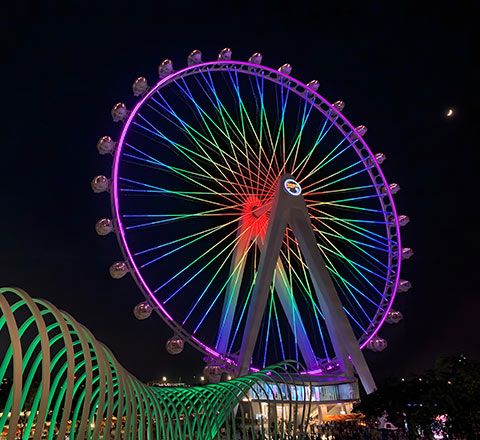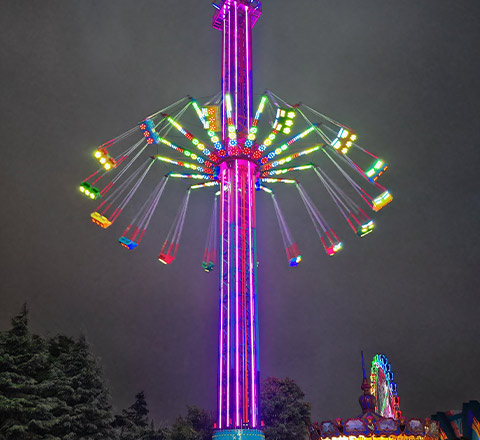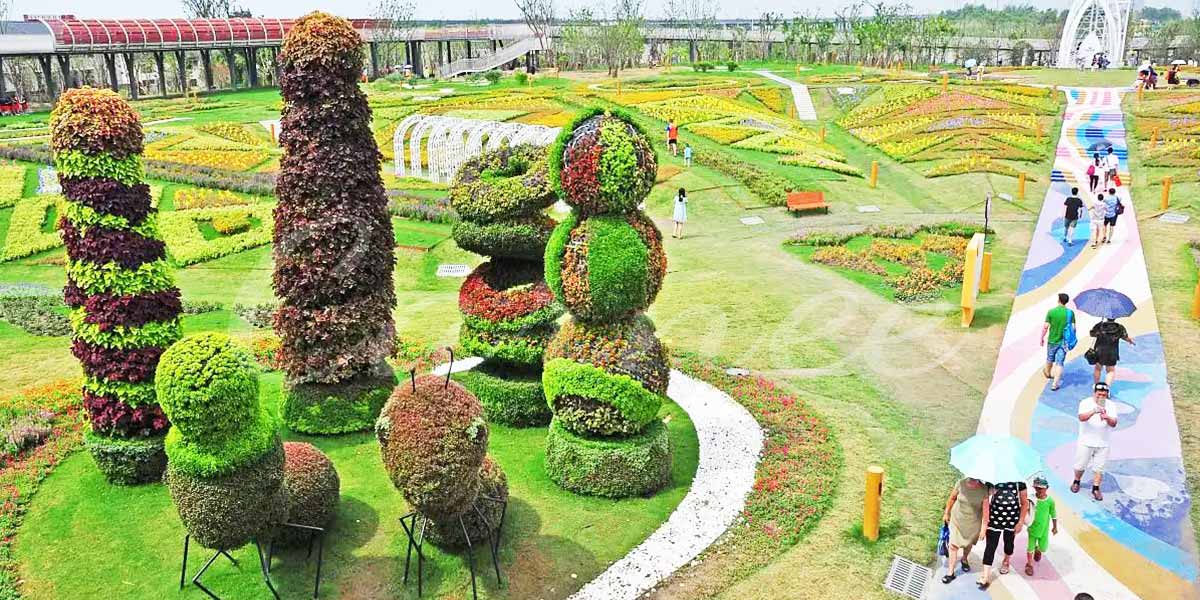
Designing a theme park is much more than picking rides and painting signs. It’s about building a destination where stories come alive, guests feel immersed, and every corner offers a reason to return.
At Carnee Rides, we’ve spent over 20 years helping parks take shape around the world. This guide walks you through the entire process of theme park planning and design — from first sketch to grand opening.
Step 1: Start with a Story That Guides Everything
Behind every great theme park is a great story. Your concept gives shape and soul to every zone, every attraction, every pathway.
- Draw inspiration from history, fiction, pop culture, or original fantasy worlds.
- Make the story part of every detail — entrance design, landscaping, costumes, music.
- Good storytelling increases immersion, guest satisfaction, and repeat visits.
Step 2: Smart Theme Park Layout and Functional Planning
The layout of your theme park isn’t just about space — it’s about flow, comfort, and emotional pacing.
- Zoning: Divide the park into themed areas by age, thrill level, or narrative arc.
- Guest movement: Use paths, signage, and scenic views to guide natural flow.
- Facilities: Strategically place food, restrooms, seating, and shade areas for convenience.
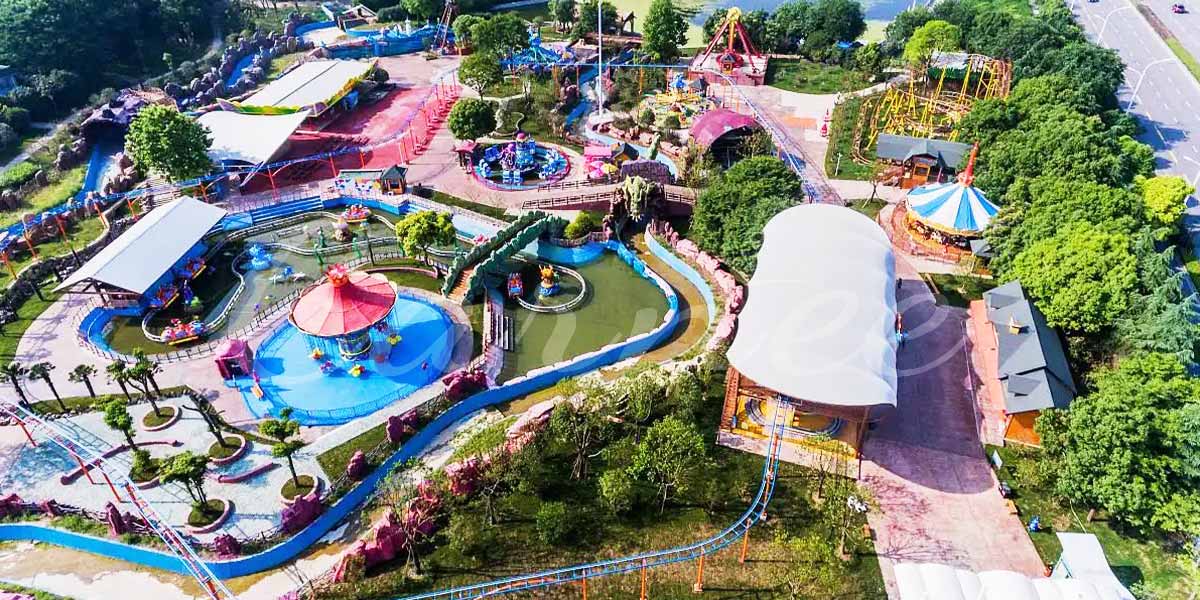
Step 3: Ride Selection That Matches Your Theme
Attractions are your park’s heartbeat. Choose the right mix based on space, budget, and story.
- Family classics: Family Roller Coaster, Mini Train Rides, 24 Seats Luxury Flying Chair Ride, Bumper Cars.
- Thrill rides: Top Spin Ride, 360 Degree Pendulum Ride, Pirate Ships, Sky Flyer Ride.
- Custom theming: Match each ride’s appearance to its zone for visual continuity.
Step 4: Immersive Environment and Landscaping
Scenery matters. Done right, it creates magic before a single ride moves.
- Use trees, water, and rockwork to set the scene.
- Architecture should reflect each zone’s identity — castles, spaceports, jungles, etc.
- First impressions count — your entrance plaza should feel iconic.
Step 5: Light, Sound, and Atmosphere
Theme parks don’t just look great — they feel great. That’s where lighting and sound design come in.
- Nighttime shows and parades become brand moments guests remember.
- Music deepens the emotional tone of each area.
- Sound effects make walk-throughs, queues, and rides more interactive.
Step 6: Safety, Comfort, and Long-Term Sustainability
- Follow all international ride safety standards — no shortcuts here.
- Design inclusive spaces for kids, seniors, and people with disabilities.
- Use eco-friendly systems: solar lighting, water recycling, and native landscaping.
Step 7: Operational Thinking in Theme Park Design
Creative design must work in the real world. Your planning should support long-term operations from day one.
- Plan for maintenance access, staffing flow, and guest emergencies.
- Position shops and restaurants at guest “dwell zones” to increase sales.
- Allow for future growth — seasonal events, new IPs, and ride expansion.
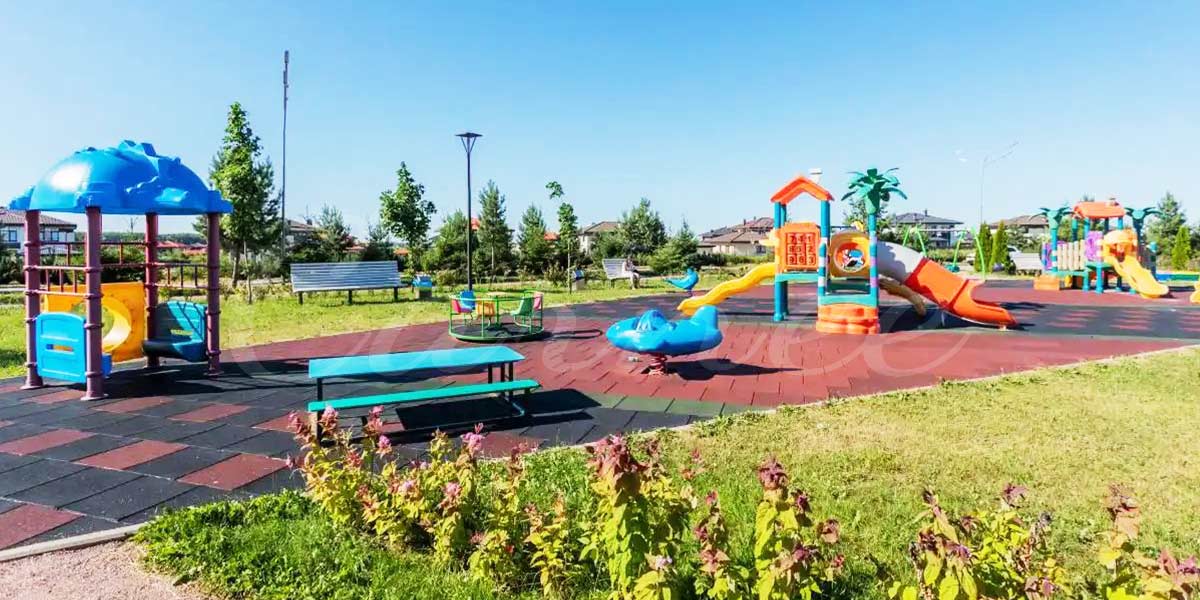
Case Example: Zhangjiakou Cultural Theme Park
This park, co-designed with Carnee Rides, combines Olympic heritage with railway nostalgia. From themed zones to ride layout and landscape, the planning delivered strong guest turnout and media buzz.
FAQs: Theme Park Planning and Design
Looking for advanced layout ideas and design tips? Explore our complete design manual:
**Your Guide to Theme Park Design**
At the heart of every successful destination is smart theme park planning and design. When story, layout, rides, and operations align — that’s when the magic happens. And at Carnee Rides, we help make that magic real.

